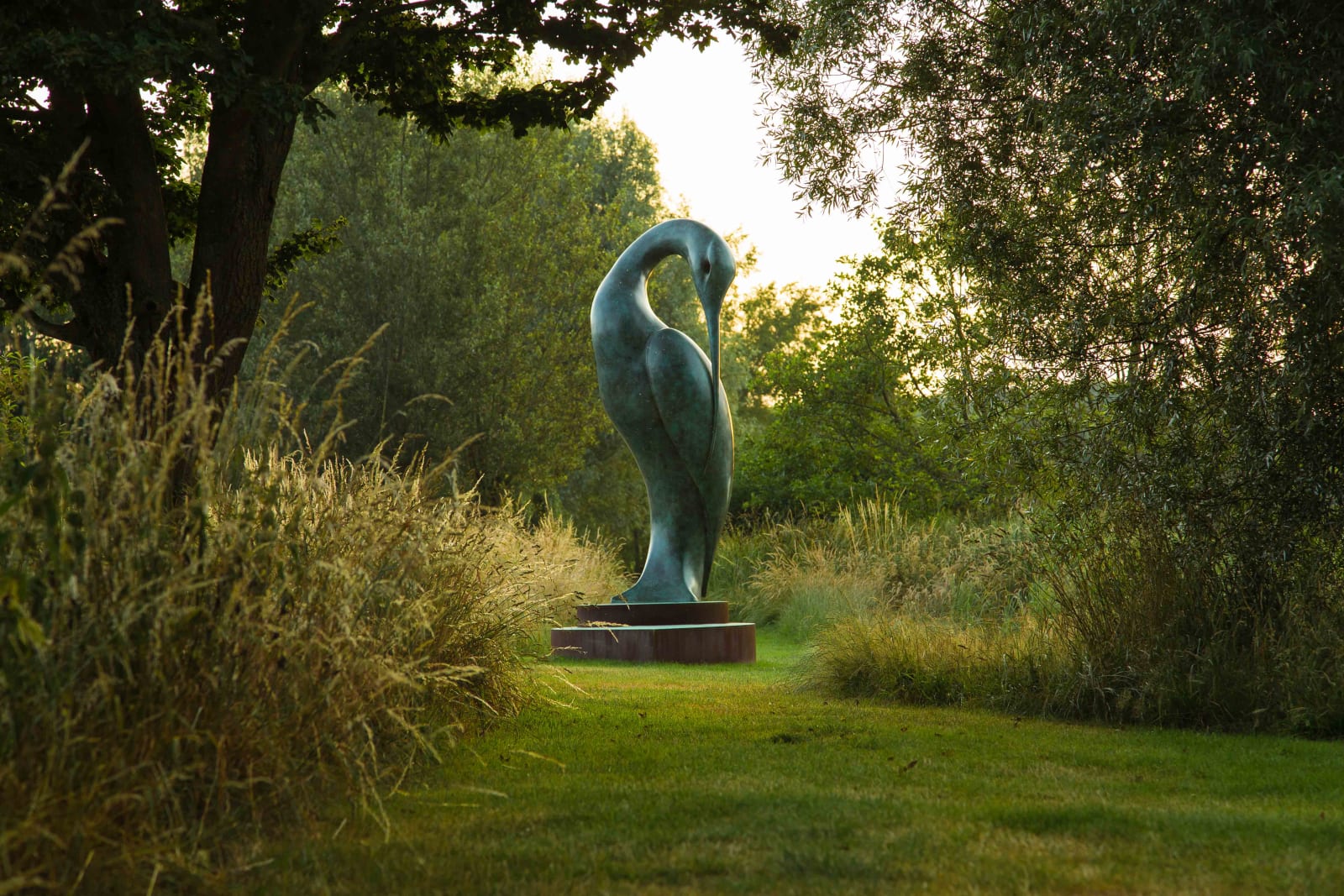Simon Gudgeon
Isis
Bronze
300 x 115 x 110 cm
Edition of 9
£ 350,000.00
Isis is the first piece of public sculpture to be placed in London’s Hyde Park for over 50 years and has formed an integral part of the hugely successful £2...
Isis is the first piece of public sculpture to be placed in London’s Hyde Park for over 50 years and has formed an integral part of the hugely successful £2 million fundraising campaign to build the new Look Out Education Centre. At over 10 feet tall and three quarters of a tonne in weight Isis is a magnificent work visible from over 500 yards, a sculpture one wants to instinctively touch and explore.



